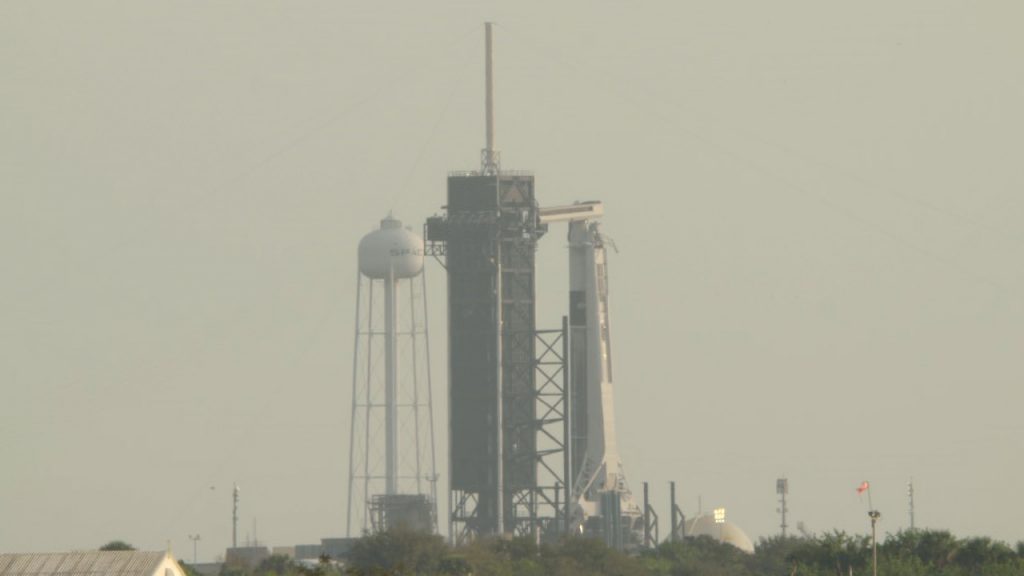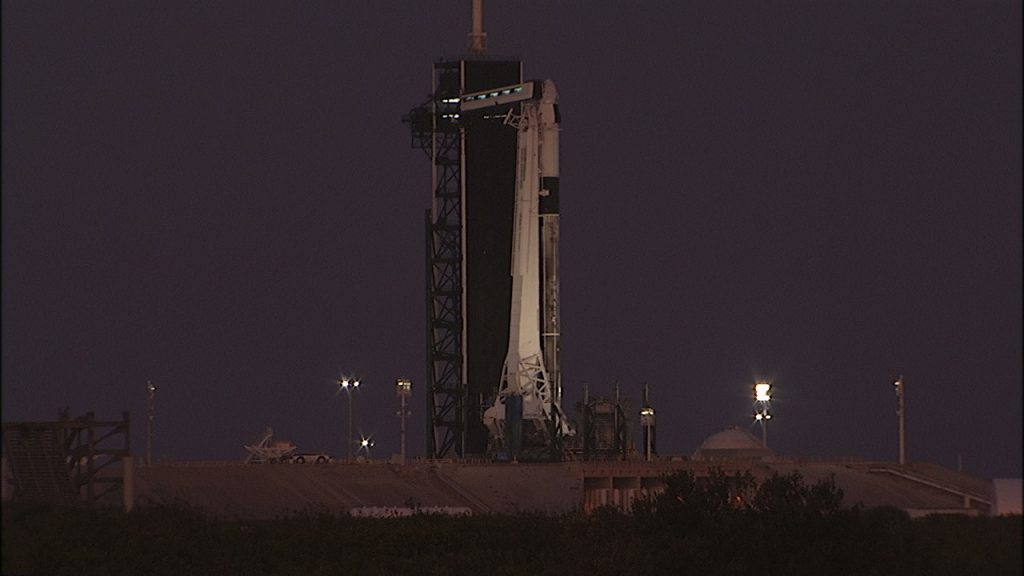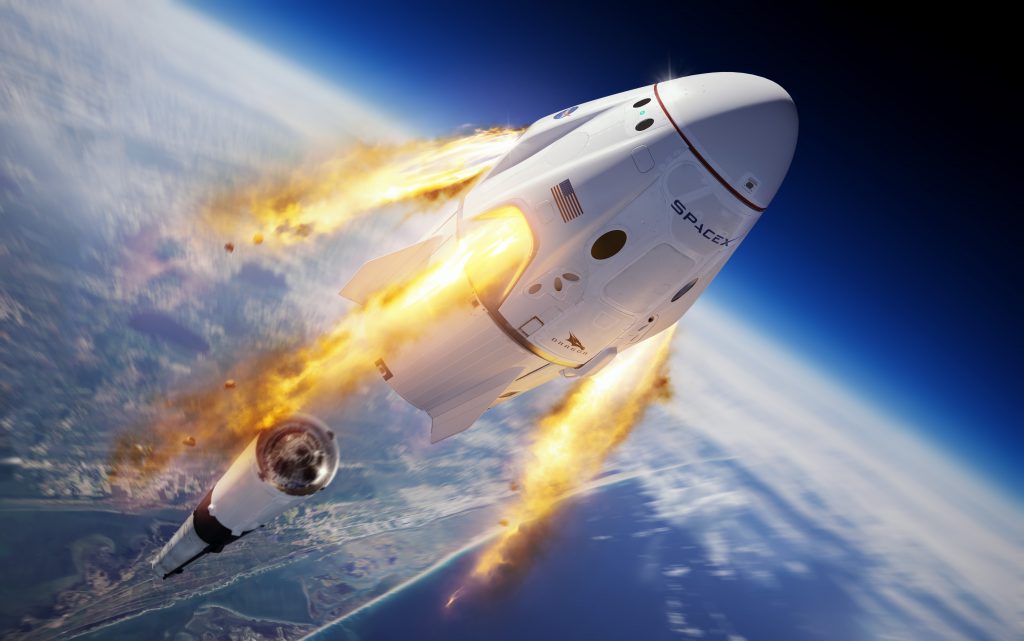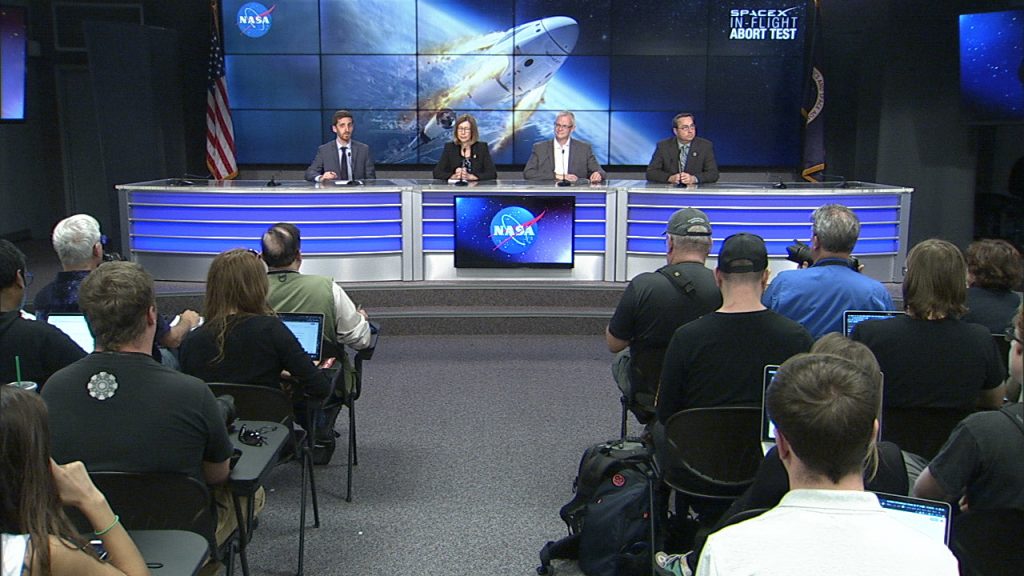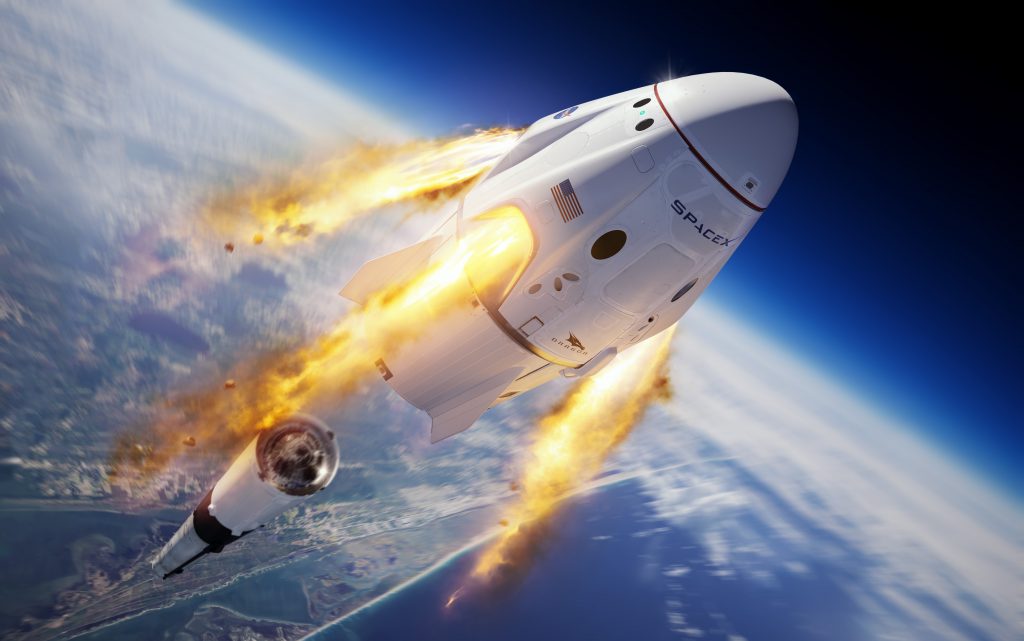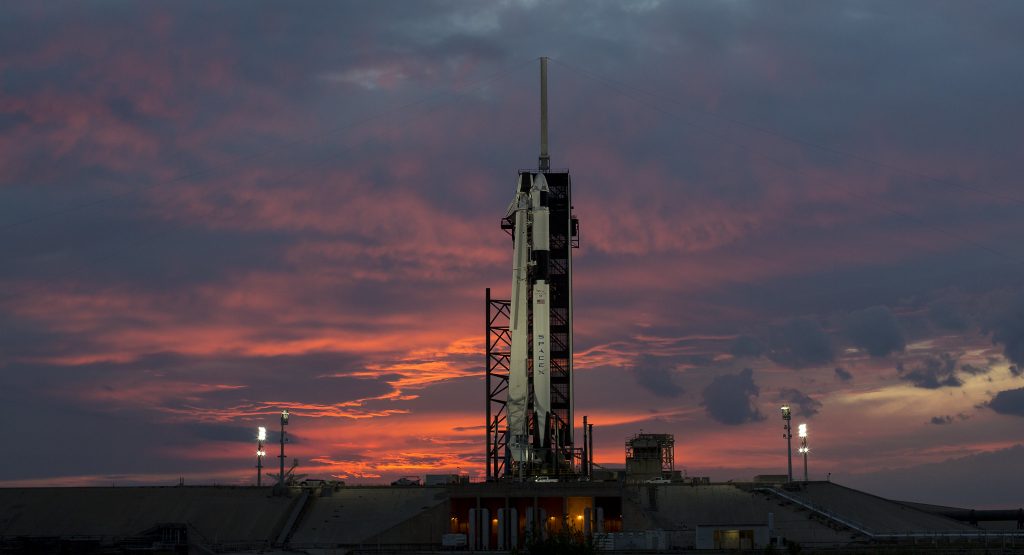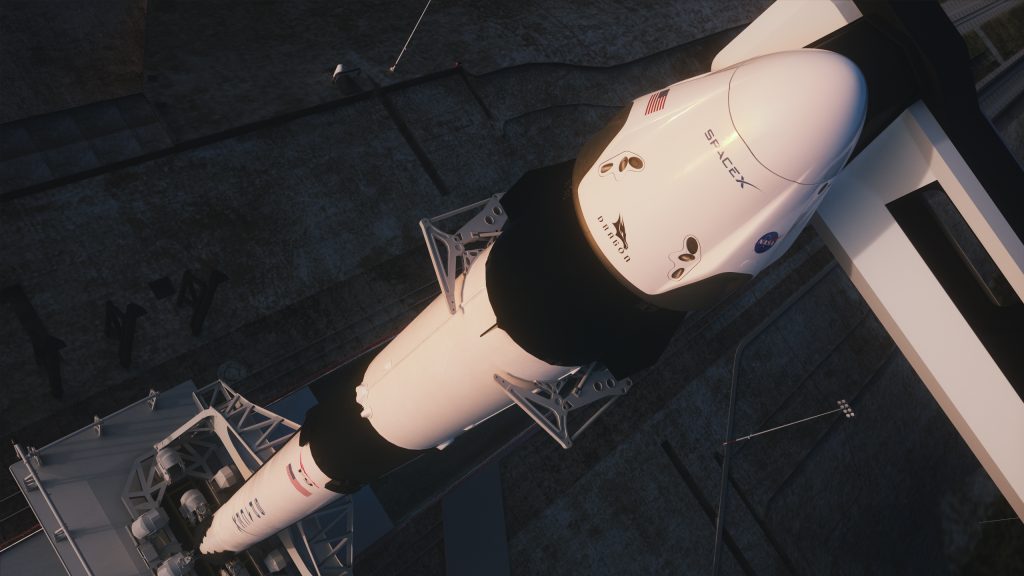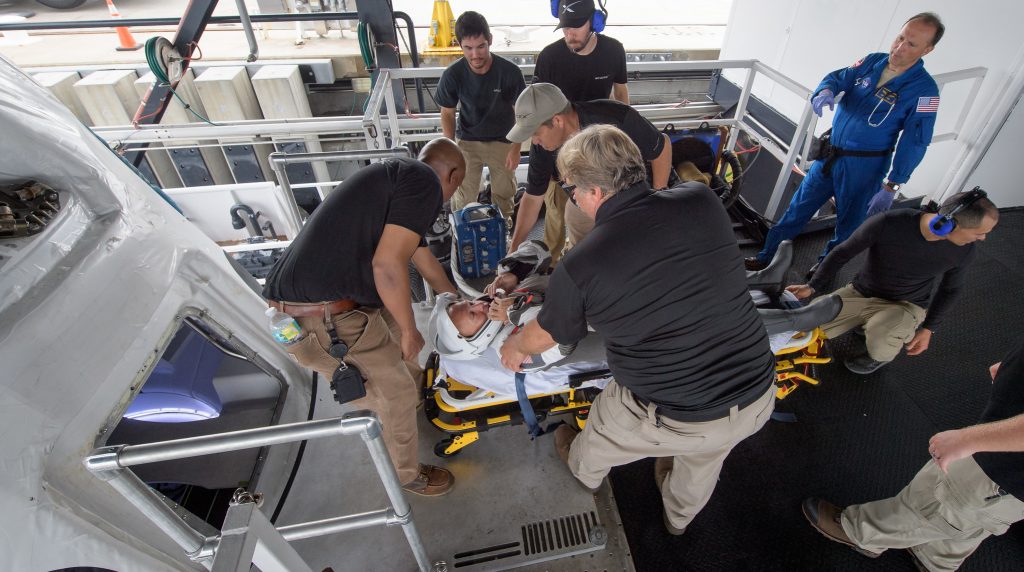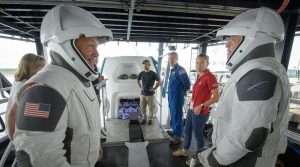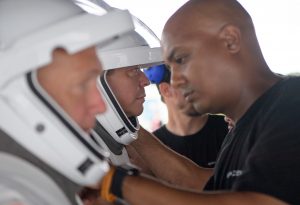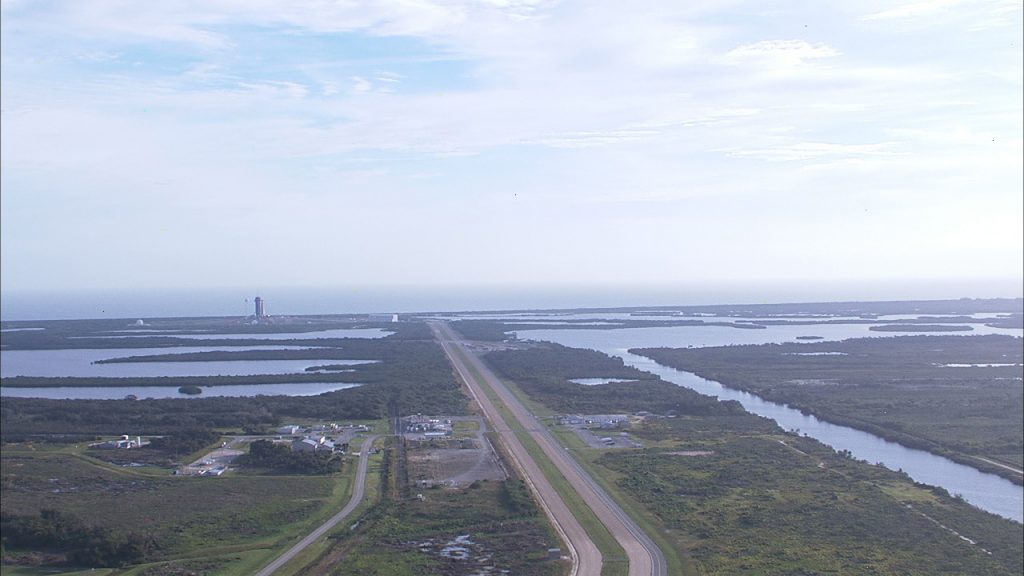
The SpaceX Crew Dragon spacecraft and Falcon 9 rocket are vertical and set for a 10:30 a.m. EST launch of the company’s In-Flight Abort Test from Launch Complex 39A at NASA’s Kennedy Space Center in Florida.
The test will demonstrate Crew Dragon’s ability to safely escape the Falcon 9 rocket in the event of a failure during launch. The abort test launch window ends at 2 p.m. EST this afternoon.
Launch coverage will begin at 10:10 a.m., followed at noon by a post-test news conference with representatives from NASA and SpaceX. The launch and post-test news conference will air on NASA Television and the agency’s website.
Mission Timeline (all times approximate)
COUNTDOWN
Hour/Min/Sec Events
45:00 SpaceX Launch Director verifies go for propellant load
37:00 Dragon launch escape system is armed
35:00 RP-1 (rocket grade kerosene) loading begins
35:00 1st stage LOX (liquid oxygen) loading begins
16:00 2nd stage LOX loading begins
07:00 Falcon 9 begins engine chill prior to launch
05:00 Dragon transitions to internal power
01:00 Command flight computer to begin final prelaunch checks
01:00 Propellant tank pressurization to flight pressure begins
00:45 SpaceX Launch Director verifies go for launch
00:03 Engine controller commands engine ignition sequence to start
00:00 Falcon 9 liftoff
Meteorologists with the U.S. Air Force 45th Space Wing continue to predict a 60% chance of favorable weather toward the opening of the window with a 40% chance toward the end of the window. The primary concerns for launch day are the thick cloud layer and flight through precipitation rules during the launch window.
Learn more about NASA’s Commercial Crew Program by following the commercial crew blog, @commercial_crew and commercial crew on Facebook.

